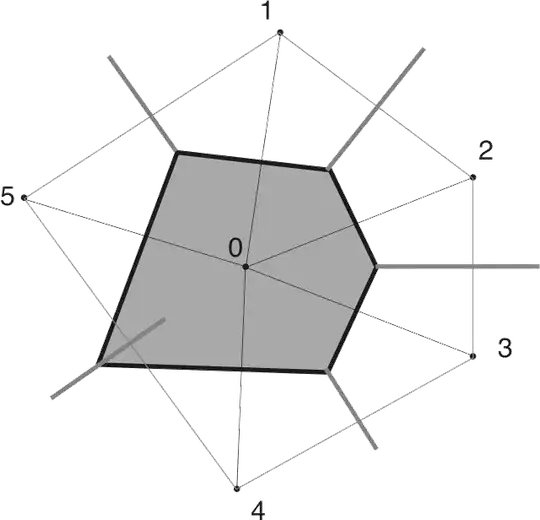I should say paths, not roads as I'm thinking more medieval-like. Also, not looking for realism. The answer I'm looking for will be to fit into the mold I describe rather than realism.
I am looking for a method to generate procedural roads/rivers in a curvy sort of fashion, but I'm wanting to do so for a infinite terrain type system. Just like how perlin noise generates blobs, I'm wanting to generate random length line segments (possibly infinite length).
I'm aware of strategies like the suggested answer found here, however it relies on a specified start and end point to work, I don't have a specified start and end point. I'd like to be able to simply call a function using arbitrary coordinates and have it return whether the specific coordinates are part of the river/road.
I am not wanting to require terrain to be generated in advance. That includes a heightmap (like used for rainfall simulations or similar). I would also not want to require a start/end point.
Is there such an algorithm or tweak to a noise algorithm someone might know of to accomplish what I'm trying to explain?
The closest I've came to so far is multi-ridged fractals, if I'm using the name properly. I'm just taking the absolute value of value noise (assuming it is scaled to -1 to +1) and setting a threshold. My primary issue with this is the lines overlap way too often, are mostly circular, sometimes converge to form large lakes which is neat but undesired, and often times the thickness of the lines vary too much.
Here's a picture of what I have so far in 2D, but at a very high frequency to show more detail:


- You know how to do it with a start and end point, but you don't want it to be like that since you don't know them? How about you make the terrain with a start and end point and once the player reaches a certain place on the map you create a new piece of random terrain with the same principle? I realize this might not solve your problem, but if you are short on time it might be the way to go.
– Bloodcount Jul 24 '13 at 06:14